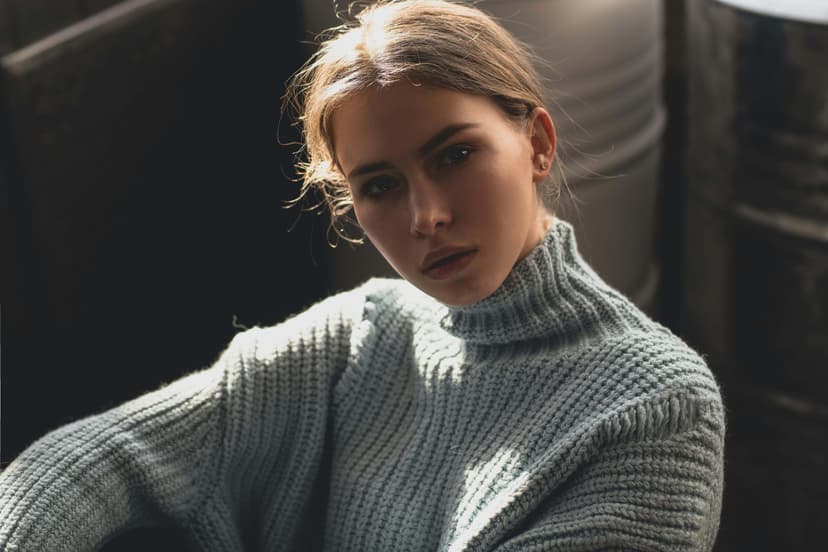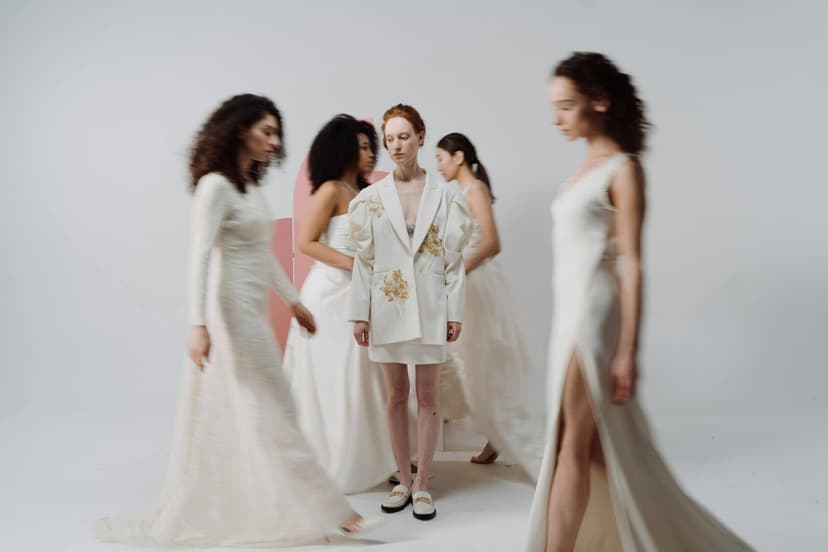Pop style fashion is one of the most dynamic segments of the fashion industry. It constantly changes with music, entertainment, and digital culture. In 2025, it is more than just a clothing trend—it is a global movement that combines creativity, technology, and cultural influence.
This guide explains what pop style fashion means today, the latest modern pop fashion trends, how pop culture shapes design choices, and how AI is transforming pop fashion design.
What is Pop Style Fashion?

Pop style fashion is rooted in visual impact. It embraces bold colors, playful patterns, and innovative silhouettes. Unlike traditional luxury fashion, which often focuses on heritage or craftsmanship, pop fashion design reflects what people see and hear in pop culture—celebrity outfits, music videos, and viral internet trends.
Typical elements of pop style clothing ideas include:
- Graphic prints with cultural references.
- Shiny and metallic fabrics, often used in performance wear.
- Bright neon or pastel color palettes.
- Oversized or exaggerated cuts that break away from formal structure.
- Fun and expressive accessories, from chunky sneakers to statement jewelry.
Pop style fashion is not limited to youth culture—it appeals to anyone who wants to experiment, stand out, and express individuality.
2025 Modern Pop Fashion Trends: What’s In Now
This year’s pop style fashion draws inspiration from global runways and pop culture events. Four key trends stand out, each bringing a unique energy to the fashion landscape.
Feather Accents: Soft yet Bold
Feathers are making a strong return in pop fashion design. They add both drama and elegance, fitting perfectly into the expressive nature of pop style clothing.
- Cultural Impact: Feathers symbolize freedom, lightness, and celebration—qualities people gravitate toward in uncertain times. Global pop stars often appear on stage in full feather outfits, turning concerts into visual spectacles.
- Daily Wear Adaptations: Instead of head-to-toe feathers, everyday looks focus on subtle accents. Feather trims on denim jackets, feather earrings, or small feather appliqués on skirts are trending.
Stripes: Flexible and Structured
Stripes remain a core element of pop style fashion in 2025, but with more creative applications. Once limited to casual T-shirts, stripes now appear across dresses, tailored suits, knitwear, and even statement coats.
- Why Stripes Work: They provide structure and balance in fashion, symbolizing order in a fast-moving world. Stripes also adapt easily across formal and casual looks.
- Runway Inspiration: Designers are experimenting with asymmetric stripe placements, layered textures, and mixing wide and narrow stripes for fresh effects.
Leather (and Vegan Alternatives): Edgy and Versatile
Leather is back as one of the boldest modern pop fashion trends, but 2025 emphasizes sustainability and experimentation. Instead of traditional black leather, designers are introducing color variations and ethical materials.
- Material Shift: Vegan leather, plant-based alternatives, and recycled leather are increasingly common, aligning with sustainability goals.
- New Pop Palette: Red, tan, pink, and even metallic shades expand beyond black, adding vibrancy to pop style clothing ideas.
- Styling Balance: Leather pairs well with softer fabrics like tulle, chiffon, or cotton to create contrast and versatility.
Y2K Revival: Bold and Nostalgic
The Y2K trend continues to dominate in 2025, blending early 2000s nostalgia with modern reinterpretations. Celebrities like XG and Tyla showcase Y2K-inspired outfits in music videos, fueling its popularity across global audiences.
- Signature Elements: Low-rise jeans, neon crop tops, metallic mini skirts, shiny vinyl fabrics, butterfly motifs, and layered chains.
- Cultural Relevance: Y2K fashion resonates with younger consumers through its playful, rebellious energy, while older generations enjoy the nostalgic connection.
Share Hailey Bieber’s Instagram post.
Pop Culture in Fashion Design: The Driving Force
The connection between pop style fashion and pop culture is unbreakable. In 2025, designs don’t just take inspiration from culture; they are a direct response to it. The rapid pace of modern media means that a single moment can launch a new trend overnight. This makes staying connected to the cultural pulse more critical than ever for designers.
Music Festivals and Celebrities: Trend Catalysts
Global music festivals are now fashion laboratories. At Coachella 2025, Lady Gaga’s dramatic lace gowns pushed romantic pop looks into the spotlight, while Jennie from BLACKPINK revived grunge-inspired leather outfits with a modern twist. These performances set the tone for upcoming collections, blending stage-ready drama with elements wearable in everyday life.

Celebrity Influence on Pop Fashion
Celebrities remain the strongest ambassadors of modern pop fashion trends. Lisa’s Y2K-inspired sequin sets went viral on TikTok, driving renewed demand for shiny fabrics and bold silhouettes. Meanwhile, Laufey’s Chanel chiffon gowns introduced softer, ethereal aesthetics to pop style fashion. Each public appearance becomes a reference point for designers and fans, fueling micro-trends that spread across markets.
The Power of Social Media: The Shareable Aesthetic
Social media has transformed how trends spread. A single photo or video can reach millions, making trends hyper-fast.
- “Shareable” Looks: In 2025, pop fashion design focuses on creating “shareable” looks—outfits with unique textures (like feathers or metallics) and eye-catching colors that stand out in a crowded feed.
- Micro-Trends: Social media is the birthplace of countless micro-trends. Designers must monitor these fleeting trends to remain relevant. A style that goes viral on TikTok might influence a major brand’s next collection.
AI Innovation in Pop Fashion Design
Artificial intelligence is not just a tool; it is a creative partner that is transforming pop fashion design. AI is changing everything from how ideas are generated to how clothes are marketed, making the industry faster and more creative than ever before.
1. Generative AI: The New Design Assistant
Generative AI is a key technology for pop fashion design with an AI generator. These tools, like Fashion Diffusion, can create new visuals from simple text prompts.
Rapid Prototyping
Designers can input keywords like “neon green bomber jacket with pixel art” to get dozens of unique design ideas in minutes. This process, known as rapid prototyping, helps designers explore a wide range of concepts much faster than with traditional sketching.
Creative Inspiration
AI can combine different styles and elements in ways a human designer might not think of. For example, a designer can ask an AI to blend the aesthetics of 1990s anime with modern street style to get fresh, unexpected results. This helps break creative blocks and push boundaries.
2. Virtual Try-On and AI Models
AI is also revolutionizing how brands present their clothes. This technology improves the shopping experience and reduces costs.
Virtual Try-On
AI-powered virtual try-on tools allow online shoppers to see how a garment will look on their own body without leaving home. This reduces the number of returns and gives customers more confidence in their purchases.
AI Fashion Models
Brands are using AI to create realistic fashion models for their websites and social media. This allows them to showcase new collections instantly without expensive photoshoots. Brands can also create a diverse range of models to appeal to a broader audience without the logistical challenges of a traditional photoshoot.
3. AI as a Trend Tracker
To keep up with the pace of pop culture, designers are increasingly relying on AI. These tools provide real-time insights that were previously impossible to gather.
Real-time Analysis
AI can analyze millions of social media posts, news articles, and search queries in real time. This allows it to identify emerging patterns and predict new trends with high accuracy. A designer can use an AI tool to track how a specific celebrity look is being received, what accessories people are pairing with it, and in which regions it is gaining traction.
Data-Driven Creativity
AI provides data on trending colors, silhouettes, and themes, helping designers create collections that are both artistic and commercially successful. The combination of human creativity and AI-powered data is the future of pop fashion design.
Benefits of Using AI Tools in Pop Fashion Design
AI is transforming how designers and brands approach pop style fashion. With trends shifting faster than ever, AI tools bring speed, flexibility, and creative support to every stage of the design process.
- Faster Design Iteration: AI allows designers to generate multiple pop style clothing ideas within minutes. This makes it easier to react quickly to viral trends and cultural shifts.
- Data-Driven Insights: AI scans social media, runways, and consumer behavior to identify modern pop fashion trends. Designers gain clearer direction instead of relying only on intuition.
- Cost and Sustainability: Digital prototypes reduce the need for excessive fabric sampling. This cuts costs and supports sustainable design practices.
- Creative Freedom: AI generators encourage experimentation with bold colors, textures, and fabrics. Designers can explore options that would be time-consuming or risky to test manually.
- Personalization and Marketing: AI makes it possible to tailor looks for different audiences while ensuring designs remain aligned with pop culture in fashion design. The visuals are also optimized for social media, increasing shareability.
Star AI pop fashion design With Fashion Diffusion
With Fashion Diffusion, designers can:
- Turn simple sketches into high-quality pop fashion visuals instantly.
- Experiment with feathers, sequins, leather, and chiffon without physical samples.
- Generate AI try-on images to test looks on models and share directly on social platforms.
This enables brands to move from cultural inspiration to production-ready designs in days instead of months, keeping pace with the fast-changing world of pop fashion.
Conclusion

Pop style fashion in 2025 is a fusion of culture, creativity, and technology. Designers draw inspiration from music, digital platforms, and global movements, while AI tools accelerate design, trend prediction, and sustainable practices.
For brands and independent creators, adopting AI in pop fashion design is becoming essential. It not only supports creativity but also helps them stay competitive in an industry where trends shift quickly.
To explore how AI can enhance your pop style clothing ideas, try Fashion Diffusion —a platform that helps you design, test, and experiment with AI-powered pop fashion design.
FAQs about Pop Style Fashion
Pop style fashion is defined by bold colors, oversized silhouettes, metallic fabrics, and references to music and digital culture. It blends retro nostalgia with modern AI-inspired elements.
AI tools allow designers to generate designs instantly, predict fashion trends, and experiment with styles digitally. This reduces cost, speeds up the process, and supports sustainable development.
In 2025, sequined tops, holographic skirts, oversized jackets, retro sneakers, and neon accessories are common pop style clothing ideas adapted for daily outfits.
Fashion reflects culture. Pop artists, viral social media trends, and entertainment industries influence what people want to wear. This makes pop culture a direct driver of fashion design.
Yes. AI tools lower the entry barrier for independent creators. With AI generators, small designers can create professional-quality pop style clothing ideas, experiment with unique prints, and market their collections quickly.
Pop fashion is embracing sustainability through recycled textiles, plant-based fabrics, and digital-first design processes that minimize waste. AI helps by simulating design choices before production.





